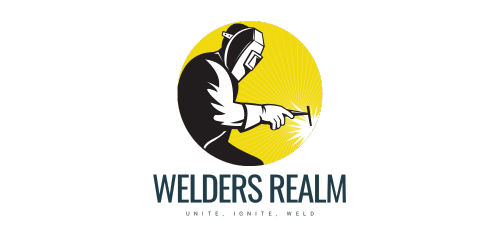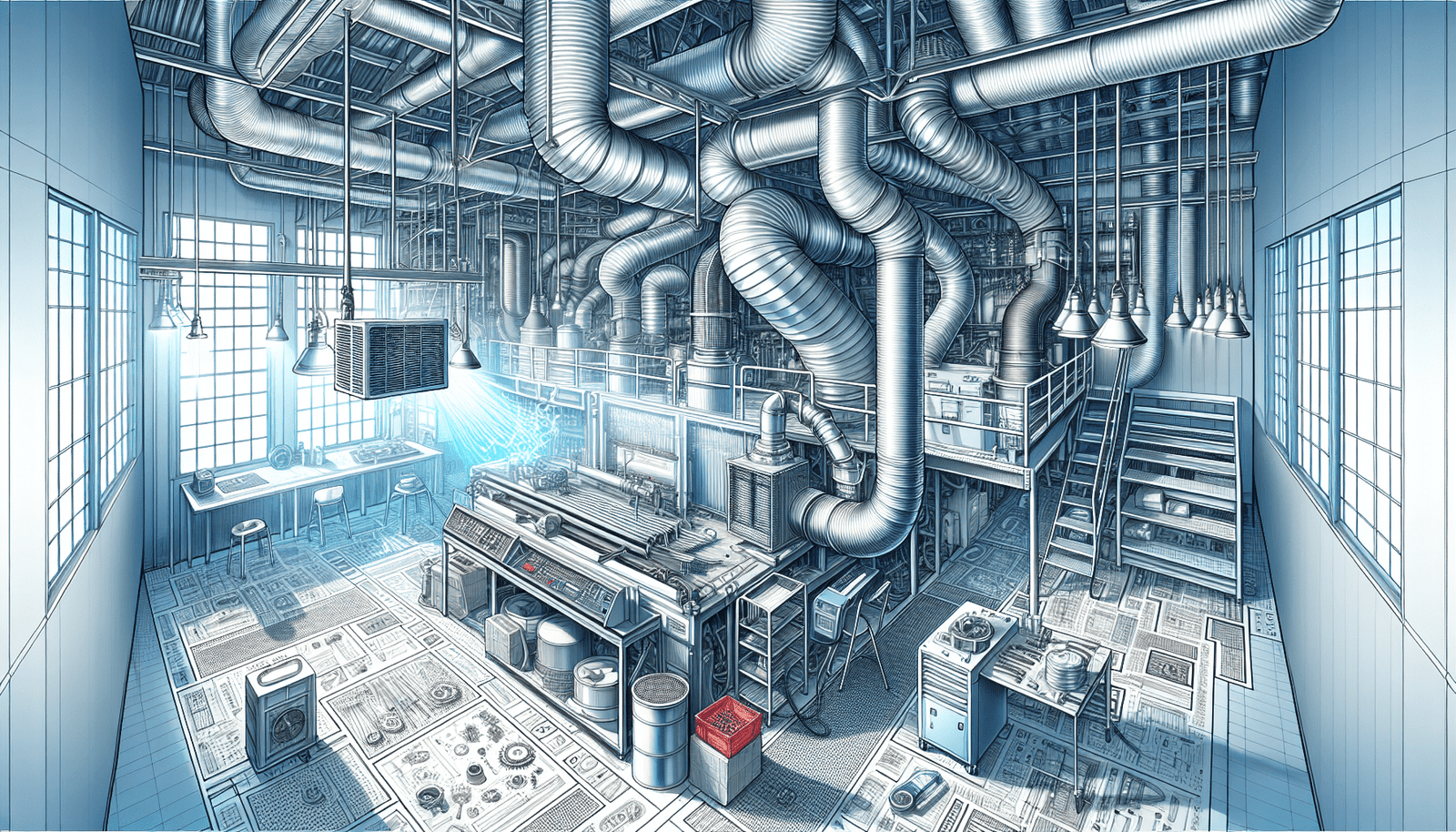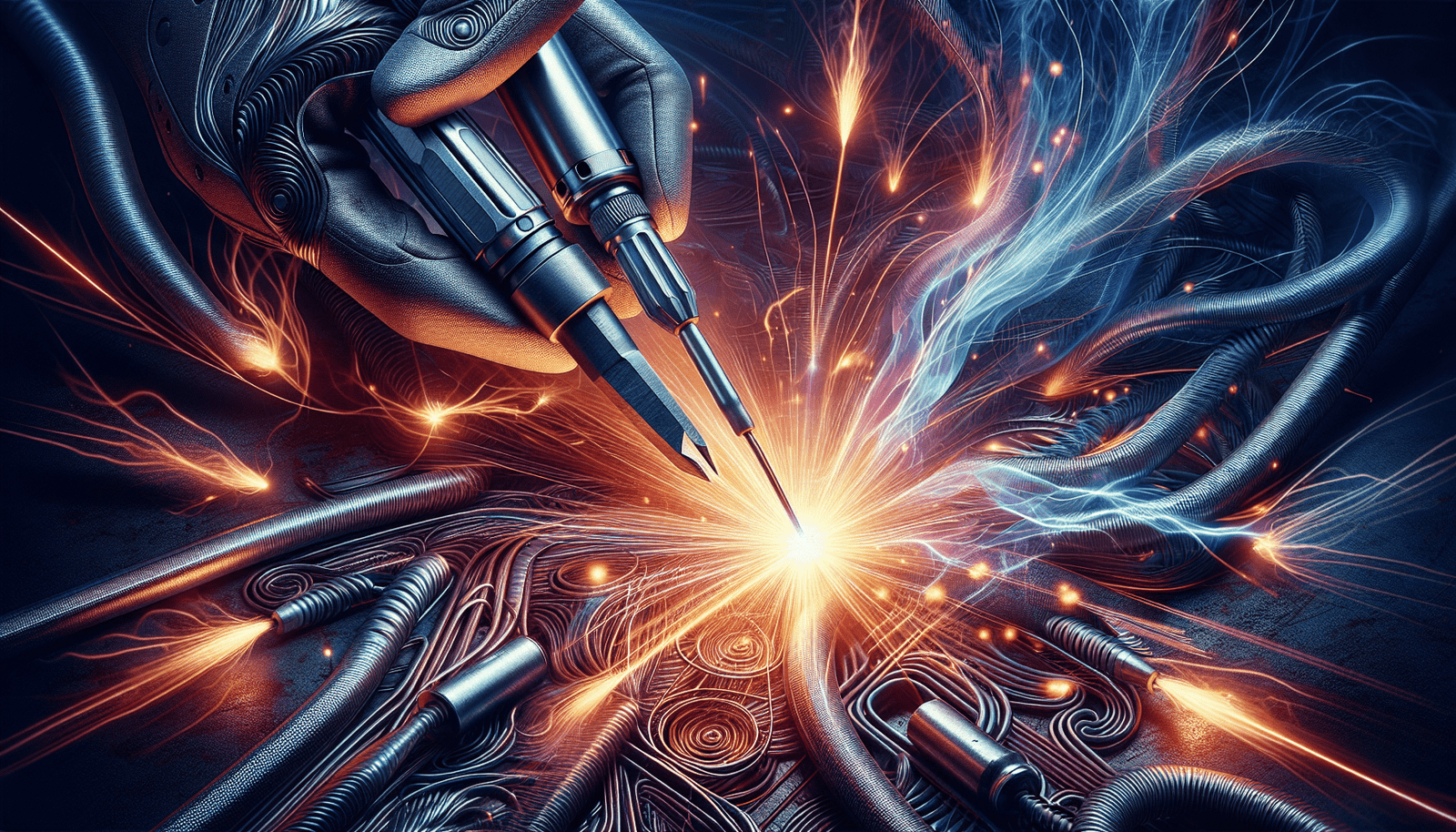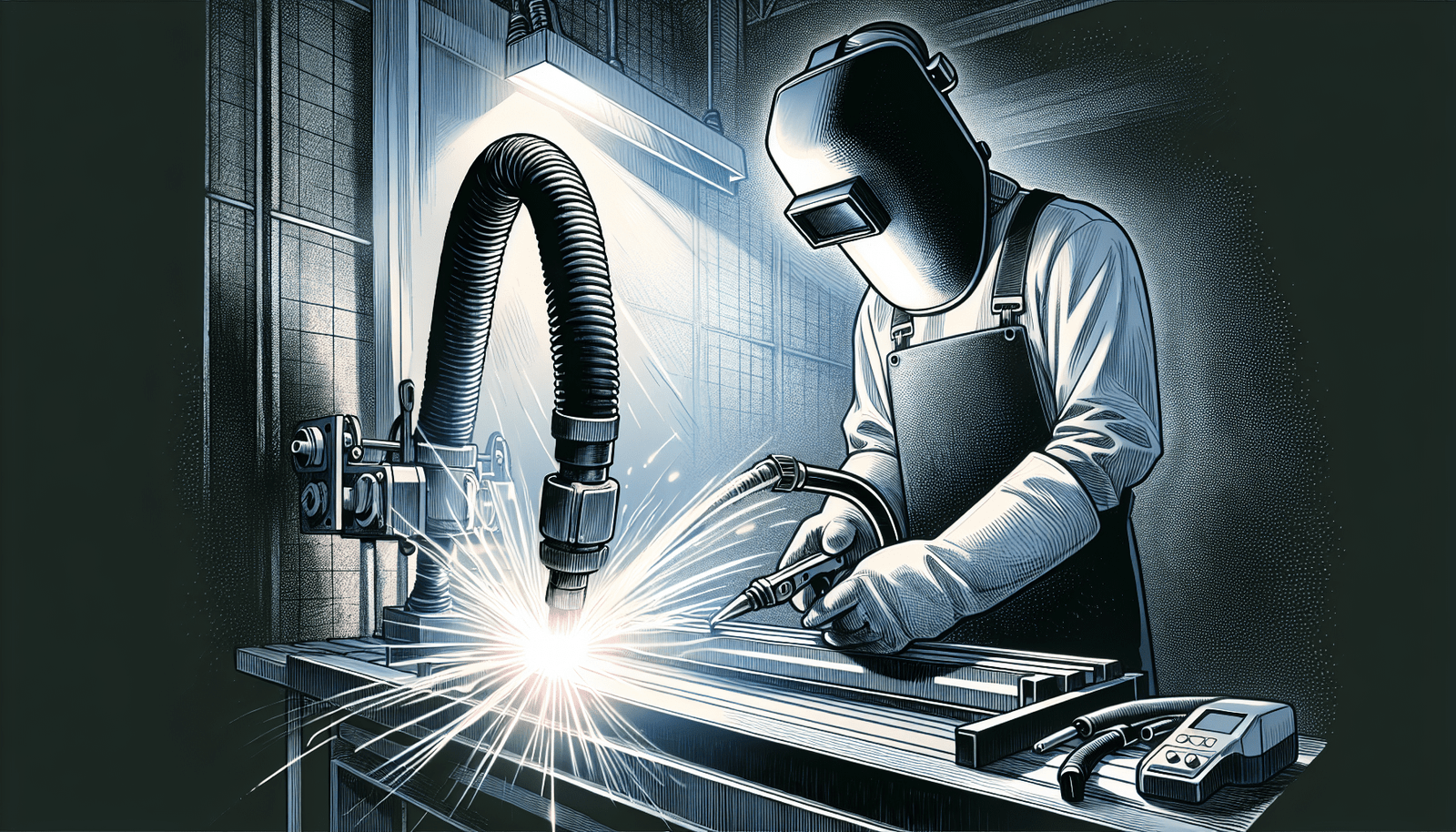Are you a welding enthusiast or a professional welder looking for ways to ensure proper ventilation in your workspace? Look no further! In this article, we will explore the top ways to optimize ventilation in your welding area, ensuring a safe and comfortable working environment. Whether you are working on small projects at home or managing a large welding workshop, proper ventilation is essential to prevent health hazards caused by fumes and gases. By implementing these effective strategies, you can breathe easy and focus on creating exceptional welds without compromising your well-being. So, let’s get started!
Understand the Importance of Ventilation
Proper ventilation is crucial in a welding workspace to ensure the health and safety of both the welder and those in the vicinity. Without adequate ventilation, harmful fumes and gases produced during the welding process can accumulate, leading to serious health consequences. Understanding the importance of ventilation is the first step towards creating a safe and healthy working environment.
Consequences of poor ventilation in a welding workspace
Poor ventilation in a welding workspace can have severe consequences on both short-term and long-term health. When welding, various fumes and gases are released, such as metal oxides, ozone, nitrogen dioxide, and carbon monoxide. These substances, when inhaled, can cause respiratory issues, eye irritation, nausea, dizziness, and even long-term health problems such as lung cancer and heart disease.
Benefits of proper ventilation while welding
On the other hand, proper ventilation plays a crucial role in removing harmful fumes and gases from the welding workspace, ensuring a clean and safe breathing environment. Not only does it protect the health of the welder and other individuals in the area, but it also enhances the quality of the weld by reducing the risk of weld defects caused by contamination. Additionally, proper ventilation helps maintain a comfortable temperature and humidity level, preventing heat-related illnesses and improving overall productivity.
Identify Types of Welding Fumes
Being aware of the different types of welding fumes is essential to understand the risks associated with each material used during the welding process.
Different types of welding materials and their fumes
Welding involves the use of various materials, each of which produces different types of fumes when heated. For instance, welding stainless steel produces chromium and nickel fumes, while welding galvanized steel generates zinc oxide fumes. Other common fumes include those produced from aluminum, copper, lead, and manganese. Each of these materials can have specific health effects when inhaled, making it important to identify the types of fumes produced during specific welding processes.
Effects of various welding fumes on health
Inhaling welding fumes can lead to a range of health issues depending on the type of material and fumes involved. Chromium fumes, for example, can cause respiratory illnesses, skin sensitization, and even lung cancer. Manganese fumes are known to affect the central nervous system, leading to symptoms similar to Parkinson’s disease. Zinc oxide fumes, on the other hand, can cause metal fume fever, which includes symptoms such as fever, chills, and muscle aches. It is crucial to understand these effects to implement appropriate measures for protecting the health of welders.
Use Local Exhaust Ventilation Systems
Local exhaust ventilation (LEV) systems play a vital role in minimizing exposure to welding fumes and gases. Understanding their functioning and correct usage is essential for effective ventilation.
Definition and functioning of local exhaust ventilation
Local exhaust ventilation involves capturing and removing contaminants at the source before they disperse into the surrounding air. This is achieved through the use of specialized hoods and ductwork that capture the fumes and gases, directing them away from the welder’s breathing zone. LEV systems work by creating a localized negative pressure, effectively pulling the contaminants away from the workspace and into a filtration system or an outdoor exhaust.
How to correctly position and use local exhaust ventilation
Proper positioning and usage of LEV systems are essential for their effectiveness. The exhaust hood should be positioned as close to the welding source as possible, ensuring that it adequately captures the fumes and gases generated. The hood should also be positioned in a way that prevents recirculation of the contaminated air back into the workspace. It is crucial to maintain regular inspection and maintenance of the LEV system to ensure its optimal performance.
Implement General Ventilation Systems
In addition to local exhaust ventilation, general ventilation systems are necessary to provide fresh air and circulate the existing air within the welding workspace.
Purpose of general ventilation
General ventilation systems help dilute and remove any residual fumes and gases that may not be captured by the local exhaust ventilation system. They achieve this by continuously replacing the air in the workspace, promoting better air quality and reducing the concentration of contaminants. General ventilation also helps regulate temperature and humidity levels, creating a more comfortable working environment.
How to set up a successful general ventilation system
To set up a successful general ventilation system, it is important to assess the size and layout of the welding workspace. This will help determine the appropriate number and placement of ventilation fans and intake vents. The system should be designed to create a consistent airflow pattern that promotes the removal of contaminants from the workspace. Regular maintenance of fans, filters, and ductwork is crucial to ensure the efficiency of the general ventilation system.
Use Respiratory Protective Equipment
While proper ventilation systems are crucial in welding workspaces, respiratory protective equipment (RPE) acts as an additional line of defense.
Importance of respiratory protective equipment
RPE is essential for welders to protect themselves from harmful fumes and gases, especially in situations where ventilation alone may not be sufficient. RPE serves as a physical barrier between the welder’s respiratory system and the contaminants in the air. It is important to note that RPE should be used in addition to, and not as a replacement for, adequate ventilation.
Different types of respiratory protective equipment and guide to choose the right one
There are various types of RPE available, including disposable masks, half-face respirators, full-face respirators, and powered air purifying respirators (PAPRs). The selection of the right RPE depends on factors such as the level of respiratory protection required, the type of contaminants present, and the comfort and fit for the individual welder. It is crucial to choose RPE that meets the appropriate safety standards and provide proper training on its correct usage and maintenance.
Maintain Regular Air Monitoring
Regular air monitoring is an essential aspect of maintaining a safe and healthy welding workspace.
Definition and purpose of air monitoring
Air monitoring involves measuring the concentration of various fumes, gases, and other airborne contaminants in the welding environment. The purpose of air monitoring is to ensure that the ventilation systems in place are effectively removing contaminants and maintaining acceptable air quality levels. It helps identify any potential areas of improvement and allows for adjustments in ventilation strategies if necessary.
Methods and equipment for effective air monitoring
Air monitoring can be conducted using various methods, including direct-reading instruments, passive samplers, and grab sampling. Direct-reading instruments provide real-time measurements of specific contaminants, while passive samplers and grab sampling involve collecting samples to be analyzed in a laboratory. It is important to choose appropriate air monitoring equipment and techniques for accurate measurements. Regular calibration and maintenance of monitoring equipment are also essential to ensure reliable results.
Ensure Regular Maintenance of Ventilation Equipment
Regular maintenance of ventilation equipment is vital to ensure its proper functioning and longevity.
Explanation of regular maintenance process
Regular maintenance of ventilation equipment involves a series of tasks to keep the system in optimal condition. This may include inspecting and cleaning exhaust hoods, ductwork, filters, and fans. Regular filter replacement or cleaning is necessary to prevent clogging and maintain the effectiveness of the system. It is also important to check for any leaks or damage to the ventilation system and repair them promptly.
Importance of regular checks and maintenance of ventilation systems
Maintaining ventilation equipment on a regular basis helps ensure that it continues to remove contaminants effectively and maintain a healthy working environment. Neglecting maintenance can result in decreased efficiency of the ventilation system and potential exposure to harmful pollutants. Regular checks and maintenance also minimize the risk of equipment failure, ensuring the safety and well-being of welders and other individuals in the workspace.
Follow Laws and Standards on Air Quality
Adhering to laws and standards on air quality is crucial for maintaining a safe and compliant welding workspace.
Identifying relevant laws and regulations
Different countries and regions have specific laws and regulations pertaining to air quality in industrial settings, including welding workspaces. It is important to identify and familiarize oneself with the relevant laws and regulations applicable to your location. This may include guidelines on permissible exposure limits for various contaminants and requirements for ventilation systems and respiratory protection.
Implementation of laws and regulations in welding workspace
To implement laws and regulations on air quality, it is necessary to assess the current ventilation systems and respiratory protection measures in place. Any gaps or deficiencies should be addressed to ensure compliance. Regular monitoring and documentation of air quality measurements can provide evidence of adherence to the applicable laws and regulations. Additionally, staying updated on any changes or revisions to the laws and regulations is important to maintain compliance.
Train Employees On Ventilation Safety Measures
Training employees on ventilation safety measures is crucial to ensure their understanding and compliance with best practices.
Importance and methods of safety demonstration
Proper training and safety demonstrations are essential to educate employees about the importance of ventilation and the potential hazards associated with inadequate ventilation. Safety demonstrations can include detailed explanations on how ventilation systems work, the risks of exposure to welding fumes, and the correct usage of respiratory protective equipment. Visual aids, hands-on exercises, and periodic refresher training sessions can enhance employee understanding and promote safe practices.
Ways to ensure employee’s understanding and compliance with safety measures
To ensure employee understanding and compliance with safety measures, it is important to provide clear and concise instructions on how to use ventilation systems and respiratory protective equipment correctly. Regular reminders and updates through safety meetings or toolbox talks can help reinforce safe practices. Encouraging open communication and feedback from employees regarding any concerns or suggestions related to ventilation safety can further enhance their commitment to following established protocols.
Develop a Comprehensive Ventilation Plan
Developing a comprehensive ventilation plan is essential to ensure optimal ventilation efficiency and ongoing safety.
Steps to create a ventilation plan
Creating a ventilation plan involves several key steps. First, assess the specific requirements of the welding workspace, such as the materials used and the size of the workspace. Identify potential sources of fumes and gases and determine the appropriate local exhaust ventilation and general ventilation systems required. Design a layout that ensures optimal airflow and position ventilation equipment strategically. Establish regular maintenance and inspection schedules. Finally, document the ventilation plan and review it periodically to make necessary updates.
Necessity of updating and reviewing the plan periodically
Ventilation requirements may change over time due to factors such as new welding processes, modifications to the workspace layout, or updates to laws and regulations. Therefore, it is necessary to review and update the ventilation plan periodically to ensure it remains effective and compliant. Regular inspections and air monitoring results can provide valuable insights into the performance of the ventilation system and identify any areas that require improvement or adjustment. Additionally, employee feedback and engagement can contribute to the ongoing enhancement of the ventilation plan.
In conclusion, understanding the importance of ventilation, identifying types of welding fumes, utilizing local exhaust ventilation and general ventilation systems, using respiratory protective equipment, conducting regular air monitoring, maintaining ventilation equipment, following laws and standards, training employees, and developing a comprehensive ventilation plan are essential steps to ensure proper ventilation in your welding workspace. By implementing these measures, you can create a safe and healthy working environment that protects the health of both welders and others in the vicinity.




